Under the Employment Rights Bill, Statutory Sick Pay will become payable from day one of absence – and to ALL workers, regardless of earnings.
This will increase employer costs and could drive higher sickness absence. Here’s what’s changing and what you can do to stay in control.
What’s changing?
Currently, most employees are only entitled to SSP after three ‘waiting days’. The Bill proposes to scrap that delay, making SSP payable from day one of absence. Crucially, the entitlement will also extend to all workers, regardless of their earnings level.
While the aim is to provide fairer support to lower-paid and atypical workers, the change will have a clear impact on employers – increased sick pay costs and the potential for more frequent short-term absences.
Practical steps
The change is anticipated to come into force in April 2026, so proactive steps now can help potentially reduce costs later. Here are a few of our suggestions:
Train managers on early intervention – a quick check-in or ‘welcome back meeting’ can make a big difference in deterring repeat short-term absences. Managers will be at the forefront of reducing the impact of this change – give them the tools and training they need!
Tighten your policies – make sure your sickness policies are clear, consistently applied, and ready to be updated with the new requirements.
Budget for increased costs – with earlier and broader application, absence costs will inevitably increase (at least in the short-term), so factor this into your budgets for next year.
Use data to spot trends – track absence patterns to identify departments or individuals where early intervention may be needed. An Empowering People Group HR tech solution has helped reduce sickness absence rates by 10% in 12 months – get in touch to find out more!
If your managers need support ‘nipping issues in the bud’, let’s have a chat about how our training can help.
Need help keeping your People Team on top of all the ERB changes? Our annual People Team Training could be the solution – find out more.
This update is accurate on the date it was published but may be subject to change which may or may not be notified to you. This update is not to be taken as advice and you should seek advice if anything contained within affects you or your business.





